ON TRAINING INDOORS
The mention of the phrase "base miles" sends chills down the spine of many a cyclist in northern climes - visions of frostbite, sleet, snow, marathon trainer sessions, spousal threats of divorce, and the pungent aroma of greasy embrocation laden with capsaicin all pollute the mind. We’ve got bad news - it’s all true. Road cycling has never been something that we'd consider a pleasant activity - suffering is in its DNA, in the very marrow of its bones. It's an exercise in mind over matter, and never more so than during winter. The bitter three-month pill that plenty of cyclists swallow between November and February so they can fly come March; often embodied by long, solitary rides, can be a torturous personal hell. Thankfully, using a vast array of insightful research approaches and decades of experience, our team of experts has developed a number of useful ideas/techniques for dealing with the self-inflicted torment that an indoor riding regimen can induce during this magical time of year.
We’ve traced plenty of mental, physical, and social dysfunction directly back to indoor winter riding. Pondering existential theory, questioning sanity, sleeping for 12 hours on a regular basis, and relationship drama are all normal symptoms of the affliction of wanting to tear the legs off your fellow man come Spring. Consider the warning delivered. Our weapon of choice for riding indoors? The trainer (also known outside of North America as a turbo, or a turbo trainer). Only slightly more civilized than the medieval stretch rack. Whenever the topic of trainers comes up in certain circles, there’s usually an inauspicious level of banal groaning and mentions of a mental time limit. These pessimistic attitudes towards what we know to be the most efficient training method legally available are misguided. Yes, trainers carry a modicum of melancholy - but minimizing the misery of your new malevolent mistress isn’t insurmountable. Knocking out a solid ride in one place isn’t a totally mammoth task if one is prepared, especially with the latest in tech.
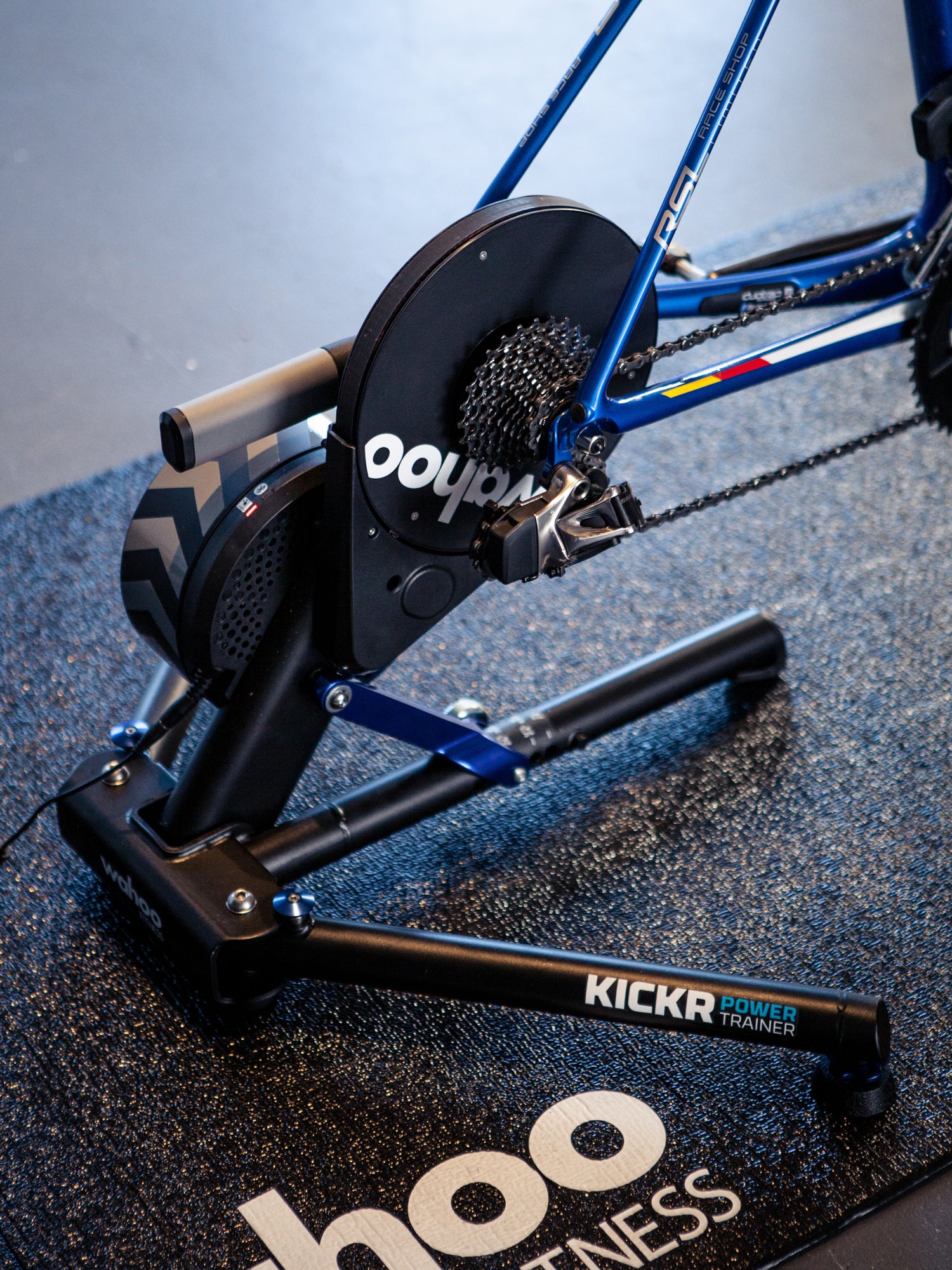
EQUIPMENT
Let's begin with the trainer itself. Once upon a time, we were fans of the venerable wheel-driven fluid trainer. It's now 2016, and "augmented reality" is THE buzz phrase of 2016. Enter Wahoo Fitness, a new player in the cycling space, and purveyors of our gold standard for indoor training, the Kickr. Unlike the clunky, noisy drum-on-tire trainers of old, the Kickr attaches directly to the bike using a cassette and freehub attached to a flywheel. An electronic brake, controlled by any number of apps, provides resistance and power readings, and it's a smooth affair that's as close as we've come to riding outside. And it's QUIET. Really quiet, making life for those who live in close proximity to the paincave much more bearable. Downsides to the Kickr versus the older "dumb" trainers? It has to be plugged into an AC outlet to function. It's heavy. The power readings it provides aren't quite as accurate or instant as something like an SRM (more on this in a bit). And, unlike a standard trainer, it must be paired to either a computer or iPhone/iPad to control it.

A litany of apps are available to use with the Kickr, and we'd like to single out one that's piqued our interest: Zwift, which runs on nearly any computer (with an ANT+ stick to connect to the Kickr) or an iOS device. If riding the trainer is like getting waterboarded, riding the trainer with Zwift is like getting waterboarded with a delicious imperial stout. The concept is simple - it's a virtual world in which everyone using the app the world over gets to play bikes. Literally. If there's anything misery loves, it's company, and Zwift offers just that, giving cyclist the opportunity to suffer indoors together in solidarity. The Kickr talks directly with the app, adjusting resistance depending on grade, road surface, and even whether or not one is drafting "in the pack". Riders can even build a rudimentary interval workout with Zwift, making specific training easy to accomplish indoors. There are three different "worlds" that the game runs on (Richmond's 2016 Worlds Course, the London RidePrudential course, and Zwift's own Watopia), though unfortunately the rider can't select which. The game runs on a calendar of the courses, and our favorite remains Watopia, a make-believe island cycling playground with a vast array of differing terrain. There's even an element of competition - climb times are recorded, and Zwift actually uploads data to Strava. Yes, it's possible to cheat with Zwift by lying about one's weight, and yes, it's fairly common. To which we chortle. And yes, there are actual Zwift "races" and "group rides" that are absolutely nothing like the real thing, and they're ludicrously difficult...we can't possibly posit why. That aside, we really enjoy Zwift - it's grown on us this winter.
Of course, one doesn't have to play Zwift to use the Kickr. Wahoo's own app for running the trainer (which pairs via Bluetooth from an iOS/Android device and is necessary for setting the Kickr up) offers plenty of options for setting basic resistance via wattage, an ergometer mode, or gradient. There's also a few other subscription-based apps available, like TrainerRoad, that offer interval training plans that work seamlessly with the Kickr. Most apps (like Zwift) also allow you to pair your ANT+ powermeter with the trainer, allowing for a more precise experience than with the built-in PM.
 Additional equipment we highly recommend: The Wahoo Desk, something we would've killed for years ago when we were repurposing bedside hospital tables for our keyboards, water, books, personal diaries on how sad we were, and snacks. Mostly for snacks. Also, a giant floor fan is a lifesaver concerning perspiration accumulation. Without it, we find ourselves marinating in a salty lake of sweat within thirty minutes. Add a nice, big screen with accompanying big sound delivery to help provide an immersive experience without squinting to figure out if you're done with an interval yet, and the paincave is complete.
Additional equipment we highly recommend: The Wahoo Desk, something we would've killed for years ago when we were repurposing bedside hospital tables for our keyboards, water, books, personal diaries on how sad we were, and snacks. Mostly for snacks. Also, a giant floor fan is a lifesaver concerning perspiration accumulation. Without it, we find ourselves marinating in a salty lake of sweat within thirty minutes. Add a nice, big screen with accompanying big sound delivery to help provide an immersive experience without squinting to figure out if you're done with an interval yet, and the paincave is complete.
THE MENTAL GAME
Come prepared to ride. There are few bigger motivation-sucks than getting on the trainer tired, hungry, or needing to use the bathroom. Do it all beforehand. Eat and drink liberally. Remember that riding the trainer is quite a bit more efficient than riding on the road, so adjust food intake accordingly. Added bonus: The trainer allows for culinary perversions while riding never before-thought possible! Freakish food combinations for long days on the turbo can actually help with motivation. Have you ever had sugary breakfast cereal, spongecake, pumpkin pudding, a bearclaw pastry, and BBQ ribs on the bike? Exactly.
OTHER TIPS
- +Don't pay attention to the clock. We often set an alarm or timer instead of agonizing over checking our ride time.
- +Riding the trainer is a lot like riding a time trial - it takes a bit to get into the groove. Give it a solid 15 minutes, and it'll start to feel as normal as riding a bicycle indoors could possibly feel.
- +Intervals on the turbo can turn you into a freak of nature with a nice pedaling stroke. If busting out that 20-minute threshold effort sitting in one place is doable, imagine the possibilities in the real world.
- +Wear a hat. It keeps the sweat out of your eyes.
Start your Build
Since 2006, we've been creating the world's finest dream bikes with our signature approach to custom builds and customer service.
Our Custom Program
AC Everywhere
You can find us just over Golden Gate Bridge in California's Marin County. Can’t come to us? We can bring the bike to you. We craft custom bikes for clients all across the U.S. and the world.
Contact us

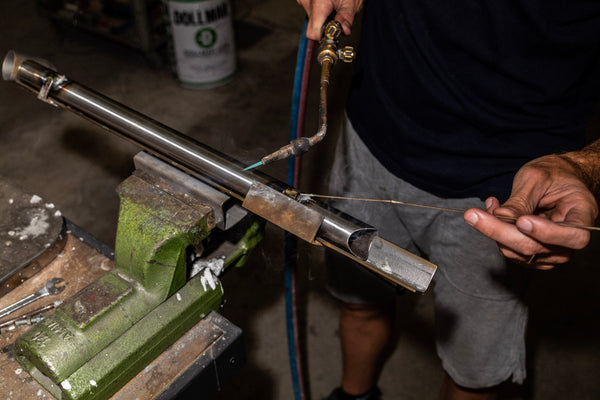
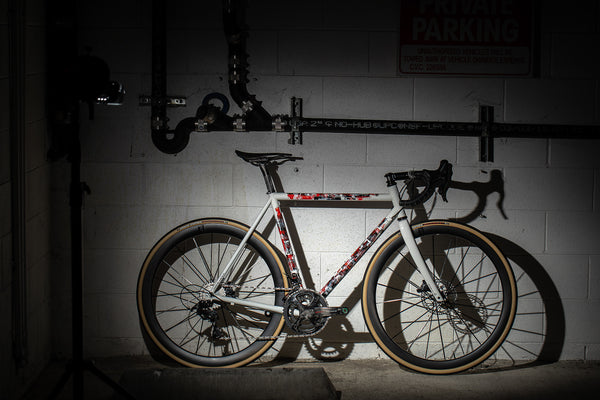
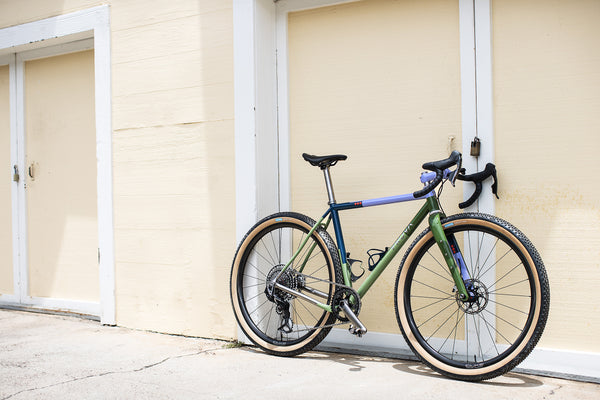
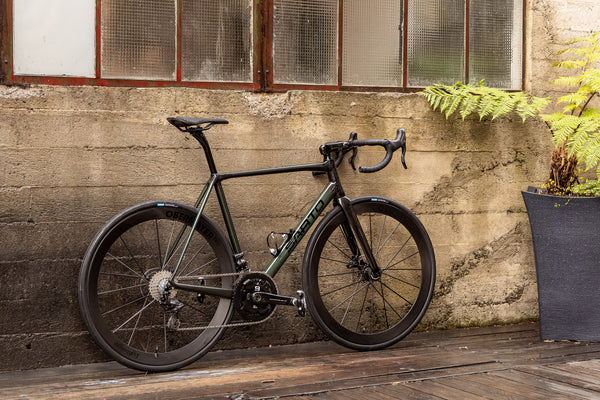

Back to Journal